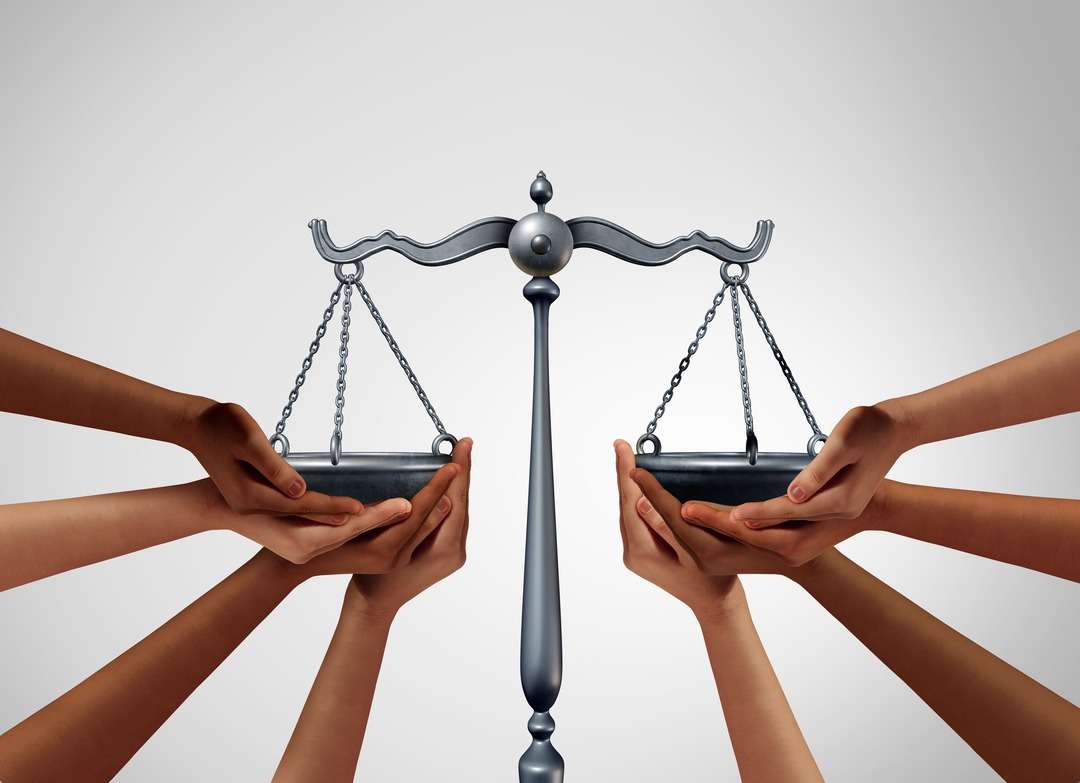Inequality remains one of the greatest challenges facing societies around the world. Whether it’s rooted in economic disparity, gender bias, racial discrimination, or unequal access to resources, the effects of inequality are far-reaching. It prevents millions from reaching their full potential and creates divisions that hinder social progress. Tackling inequality is not just a matter of fairness; it’s a necessity for building a sustainable, just, and prosperous future. This blog explores the importance of removing inequality and the steps we must take to create a world where opportunity is accessible to all.
The Many Faces of Inequality
Inequality manifests in various forms—economic inequality, social inequality, and political inequality. Economic inequality often results from disparities in income and wealth, which can trap entire populations in poverty. Social inequality involves disparities in access to education, healthcare, and opportunities, which are often determined by factors such as gender, race, or geography. Political inequality arises when certain groups are systematically excluded from political decision-making, weakening democracy and eroding trust in governance. Understanding these different forms of inequality is essential for addressing the root causes of social injustice.
How Inequality Limits Potential
Inequality stifles human potential, not only affecting marginalized individuals but also hindering the growth of society as a whole. When people are denied access to the resources and opportunities they need to succeed—such as quality education, healthcare, or a safe environment—they are unable to fully contribute to their communities. Inequality creates a cycle of disadvantage, where generations are trapped in poverty, lack of education, and poor health. This, in turn, limits economic productivity and innovation. A society that neglects to address inequality ultimately curtails its own progress.
Economic Growth and Equality: A Symbiotic Relationship
Many may view economic growth and inequality as separate issues, but they are deeply interconnected. High levels of inequality often undermine economic growth by limiting access to education and skills training, which reduces the potential of a country’s workforce. When wealth and resources are concentrated in the hands of a few, economic mobility becomes restricted, and social stability is threatened. Conversely, reducing inequality can boost economic growth. By providing equitable access to education, healthcare, and employment, societies can tap into the full potential of their populations, resulting in a stronger, more innovative economy.
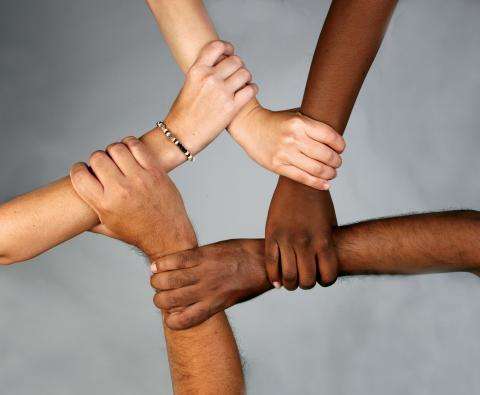

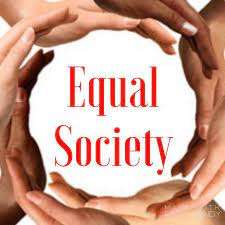
Education: The Gateway to Equality
Education is one of the most powerful tools for breaking the cycle of inequality. By ensuring that all children—regardless of their background—have access to quality education, we can provide them with the skills and knowledge they need to succeed. Education empowers individuals, promotes social mobility, and helps address disparities in income and opportunity. By prioritizing education for all, societies can create a more level playing field, where every child has the chance to realize their potential and contribute to society’s growth.
Taking Action: Steps Toward Reducing Inequality
Addressing inequality requires concerted efforts from governments, businesses, communities, and individuals. Policymakers must implement laws and regulations that promote equal access to resources, protect human rights, and ensure fair representation in political processes. Economic policies must focus on reducing income inequality through progressive taxation, social welfare programs, and job creation. Businesses must embrace diversity and inclusion, providing equal opportunities for all employees and supporting initiatives that reduce systemic barriers. Community organizations can help by offering resources and advocacy for marginalized groups, creating a voice for the voiceless.
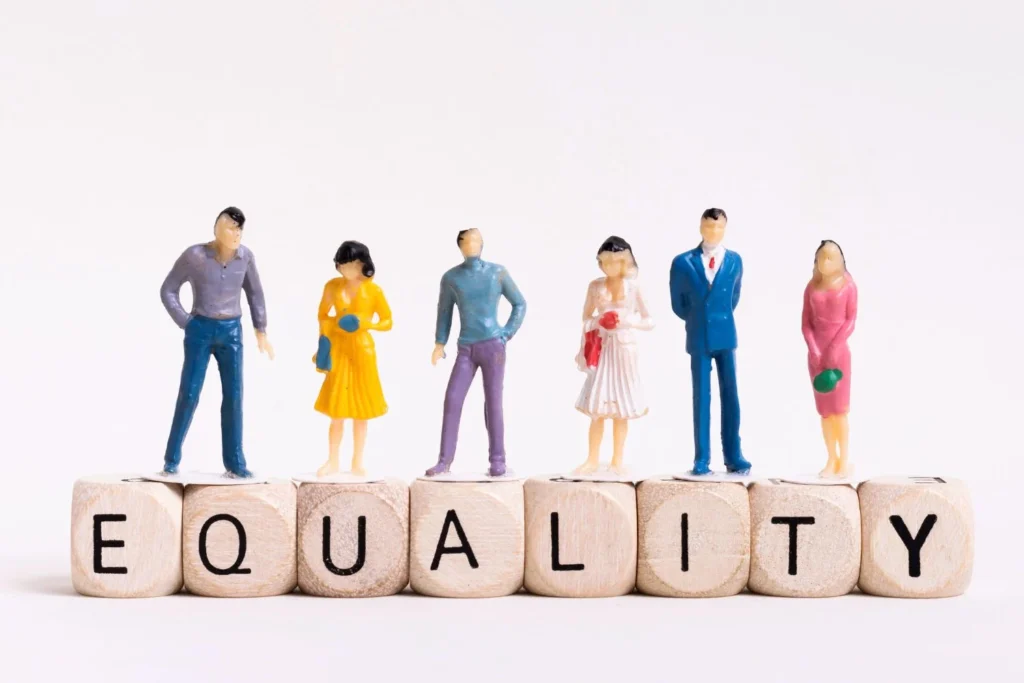
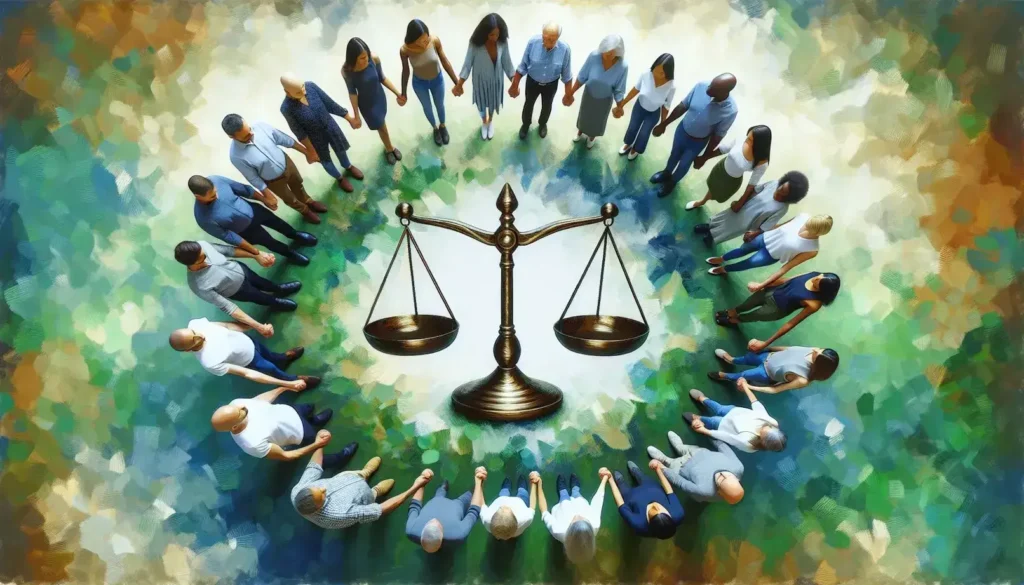
The Role of Technology in Tackling Inequality
In today’s digital age, technology has the power to either exacerbate or reduce inequality. On one hand, access to technology can provide opportunities for education, economic participation, and social mobility, bridging gaps between different socioeconomic groups. On the other hand, the digital divide can deepen existing inequalities, as those without access to the internet or modern technologies are left further behind. Ensuring that all individuals, regardless of their background, have access to technology and digital skills is key to reducing inequality in the 21st century.
Conclusion: A Shared Responsibility
Removing inequality is not a one-time effort but a continuous journey. It requires a shared commitment to fairness, justice, and equal opportunity. By working together—governments, businesses, and individuals—we can create a society where inequality is no longer the norm but a thing of the past. Equality should not just be an aspiration but a reality for every person. As we break down the barriers of inequality, we pave the way for a future where every individual has the chance to thrive.

